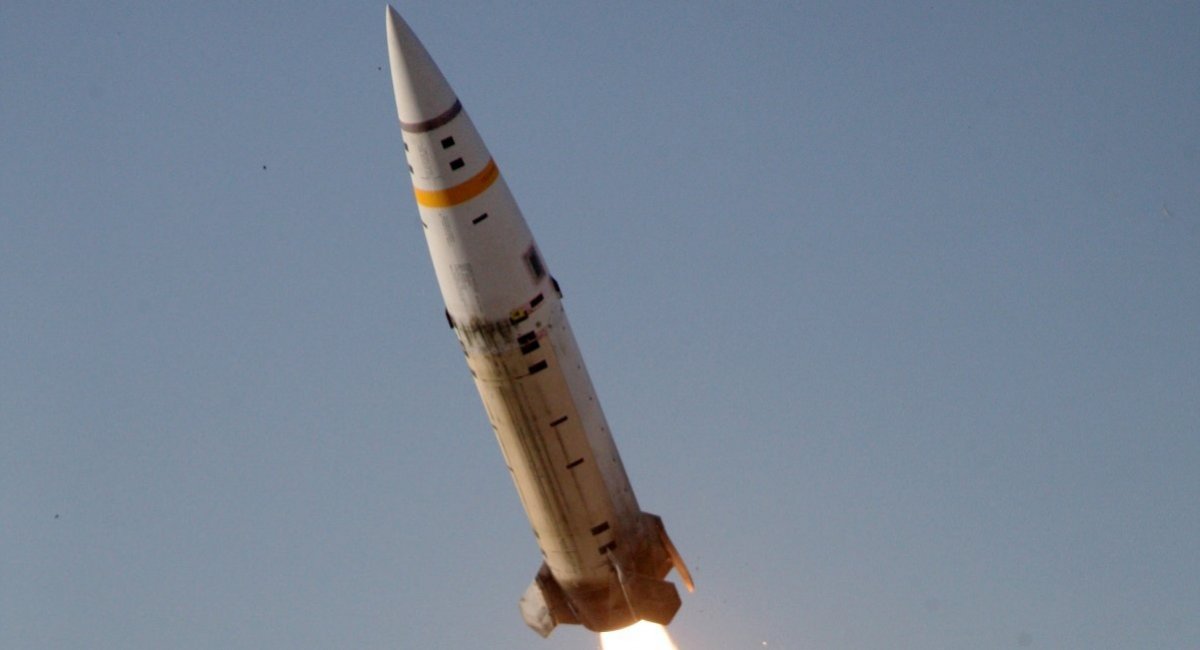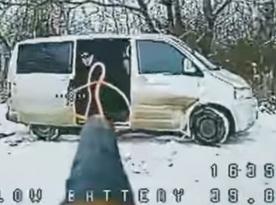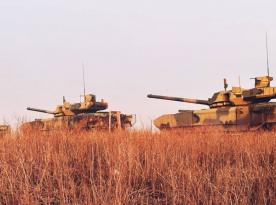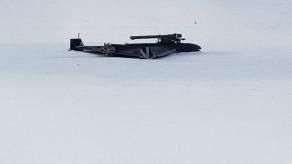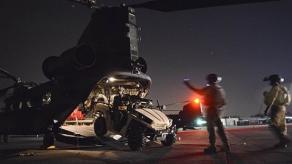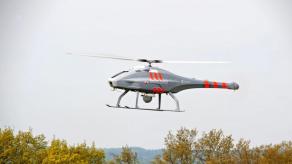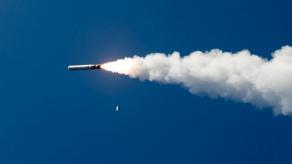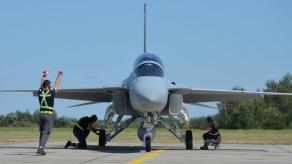Despite multiple russian airfields hosting tactical aviation being located within reach of Ukrainian ATACMS ballistic missile systems, the USA still has not lifted the unreasonable ban on using them for strikes on the territory of the russian federation. Furthermore, speaking anonymously, American officials explain that this restriction is a forced measure due to the shortage of missiles that Ukraine can get.
But if the reason is the lack of ATACMS, a logical question arises: exactly how many are needed to obliterate, for example, a russian airbase — a typical target for this kind of weapon? Although there is no single standard layout for all russia air bases, it is possible to find a median and answer this question by analyzing three airfields frequented by the combat aircraft of the russian Aerospace Forces. For example, Millerovo is 150 km from the current frontline, Buturlinovka is 210 km from the border, and Morozovsk is 270 km from the line of contact.
Read more: Ukraine's Breakthrough in Kursk Showed NATO How to Fight Against russia
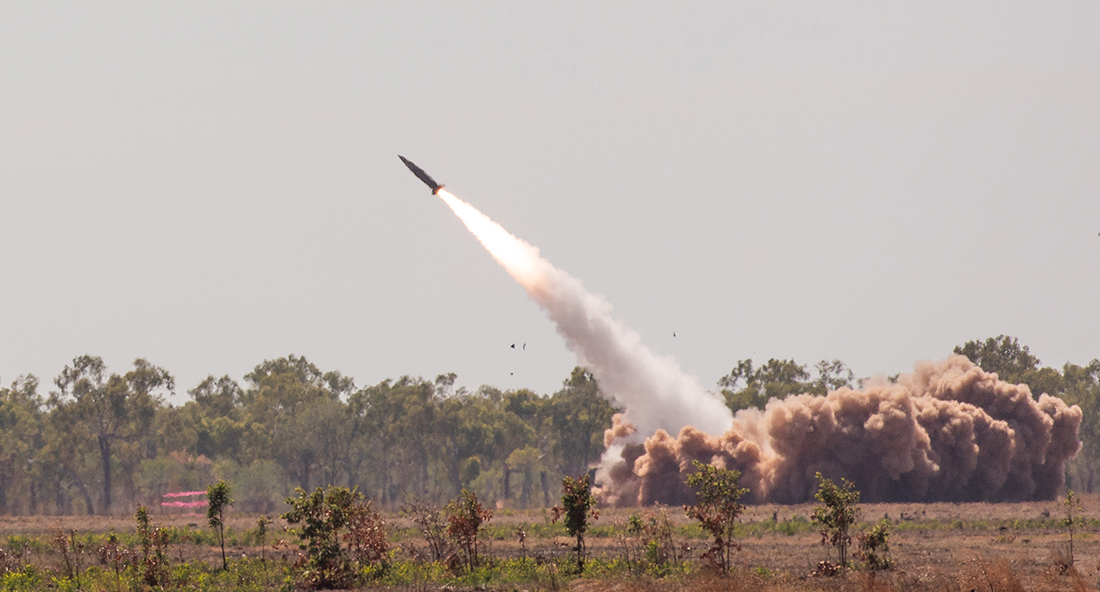
Also, the numbers of missiles needed for each task will vary because only one of these airbases is within the 165 km range of the M39 Block I modification of ATACMS with a powerful 591 kg cluster warhead containing 950 M74 submunitions, while the others can only be reached by the M39A1 Block I variant with a 300 km range yet a smaller 174 kg warhead with 300 bomblets.
We should also keep in mind the blast area, for the powerful M39, it is reportedly 33,000 square meters — roughly a circle of slightly over 200 meters in diameter. For the farther-reaching but three times smaller M39A1, the parameters are, respectively, 10,400 square meters or 115 meters in diameter.
But all of this is theory. In practice, the affected area could be somewhat different. For example, the video from May 2024 featuring a cluster-type ATACMS destroying a russian S-400 system shows that the submunitions' coverage area is somewhat larger and elliptical.
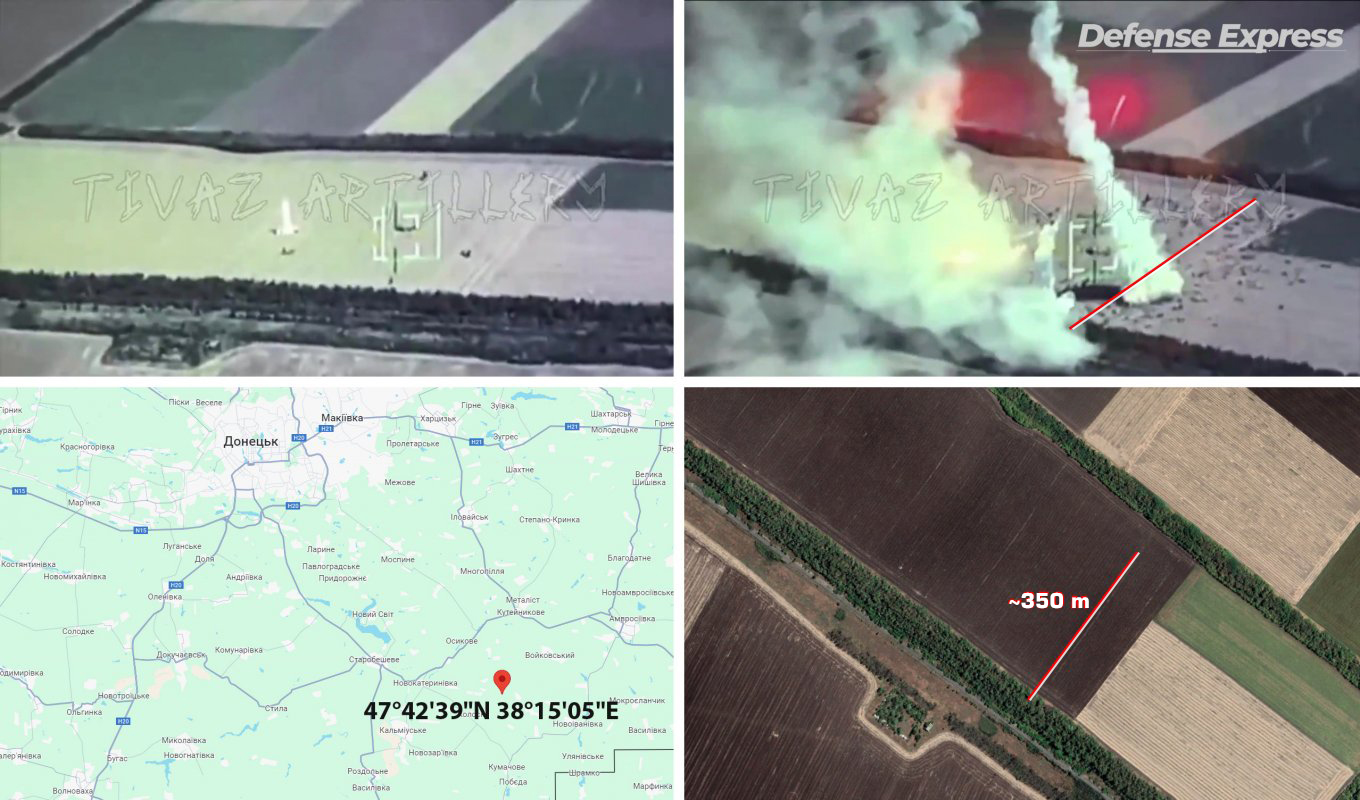
Still, we'll rely on the common parameters for our calculations. They at least can provide an adequate assessment of a strike with the maximum probability of success.
The first airbase on the list is Millerovo in the Rostov Region. The powerful M39 Block I can reach it, provided that the launcher is stationed a mere 10 to 15 km from the frontline. In other words, this kind of operation would be a risky one. To cover all the main targets at this air base, about 13 ATACMS missiles will be sufficient.
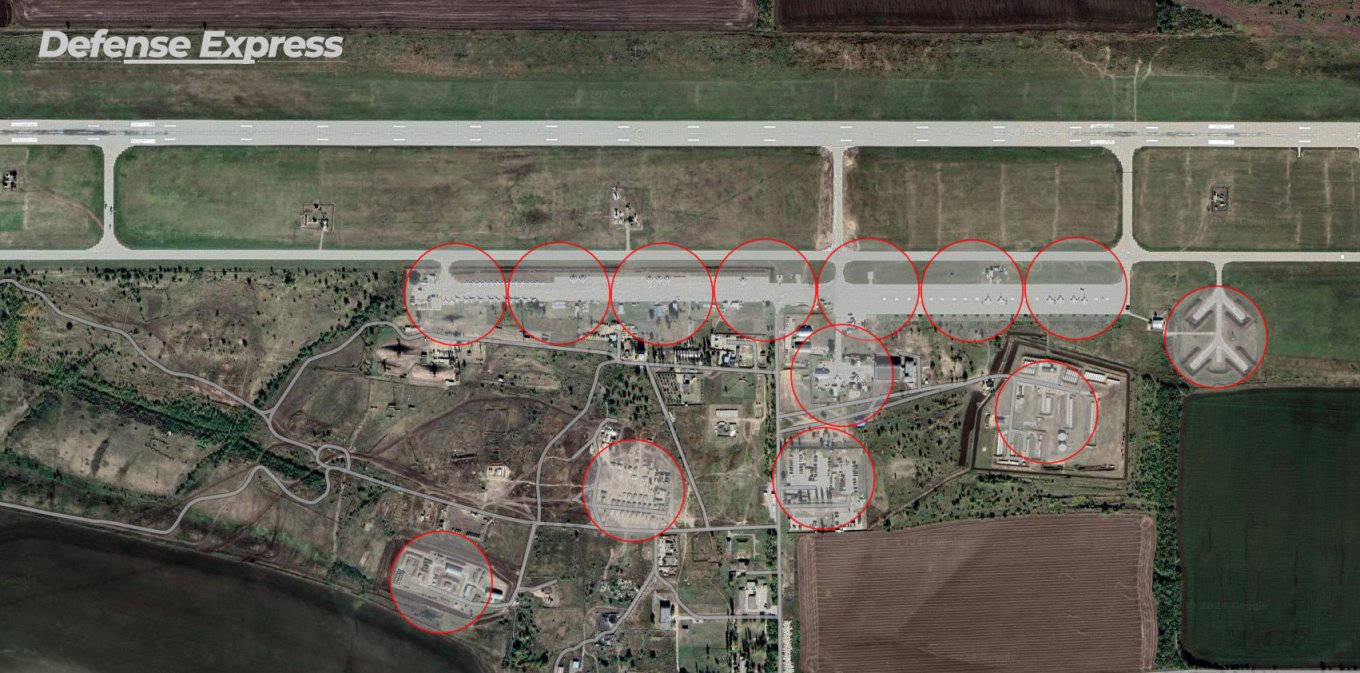
For Buturlinovka, which is located 210 km from the border, Ukrainians would need to use longer-range M39A1 Block I, leading to increased expenditure. Not only because those are less powerful but also because this airfield is considerably larger, and russians also use taxiways for aircraft parking. As a result, about 25 missiles are needed here.
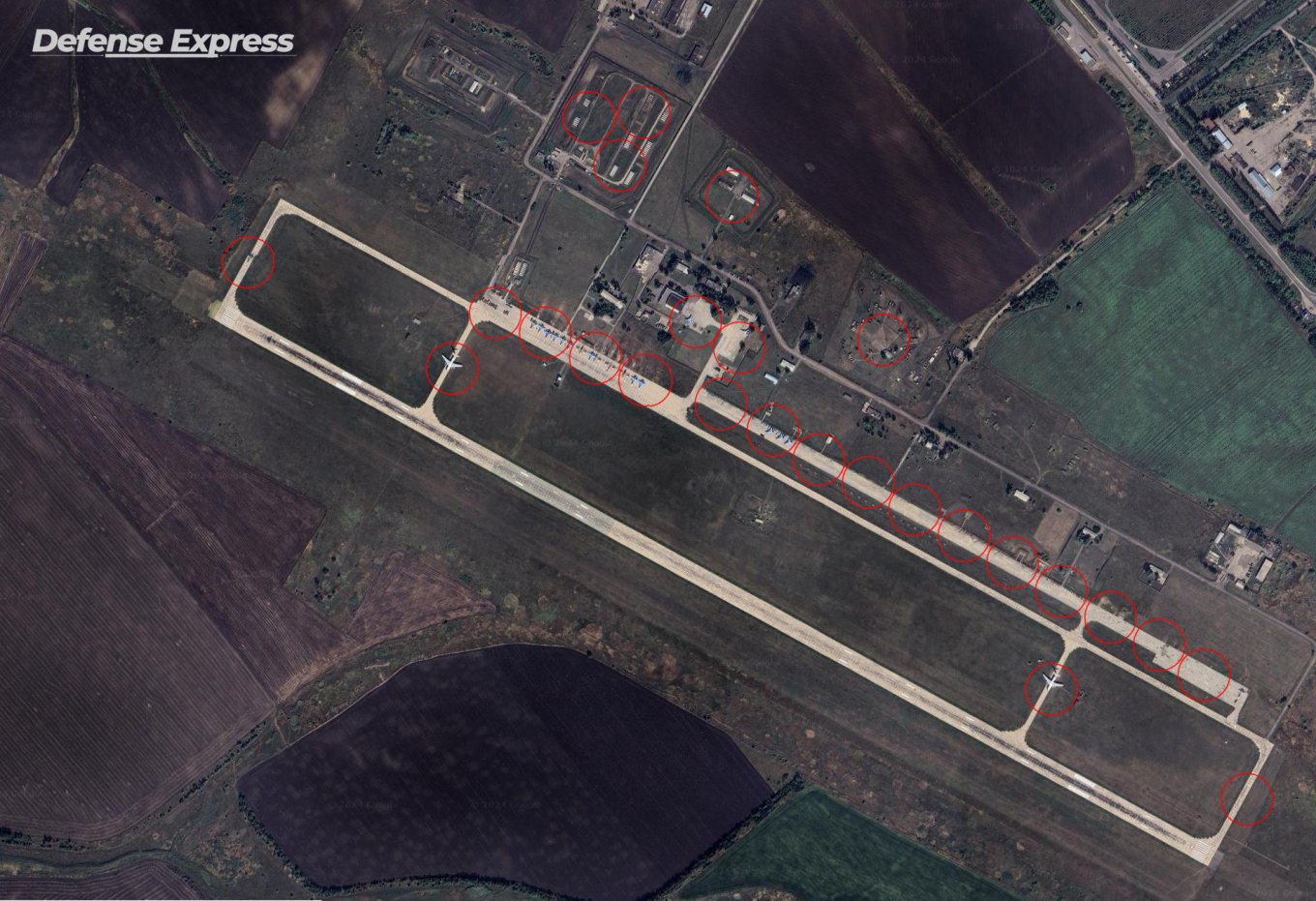
A similar situation is with the Morozovsk air base, 270 km from the current frontline. This is the largest among the three, so a minimum of 37 missiles are necessary to destroy all the key facilities and sites where aircraft could be stationed.
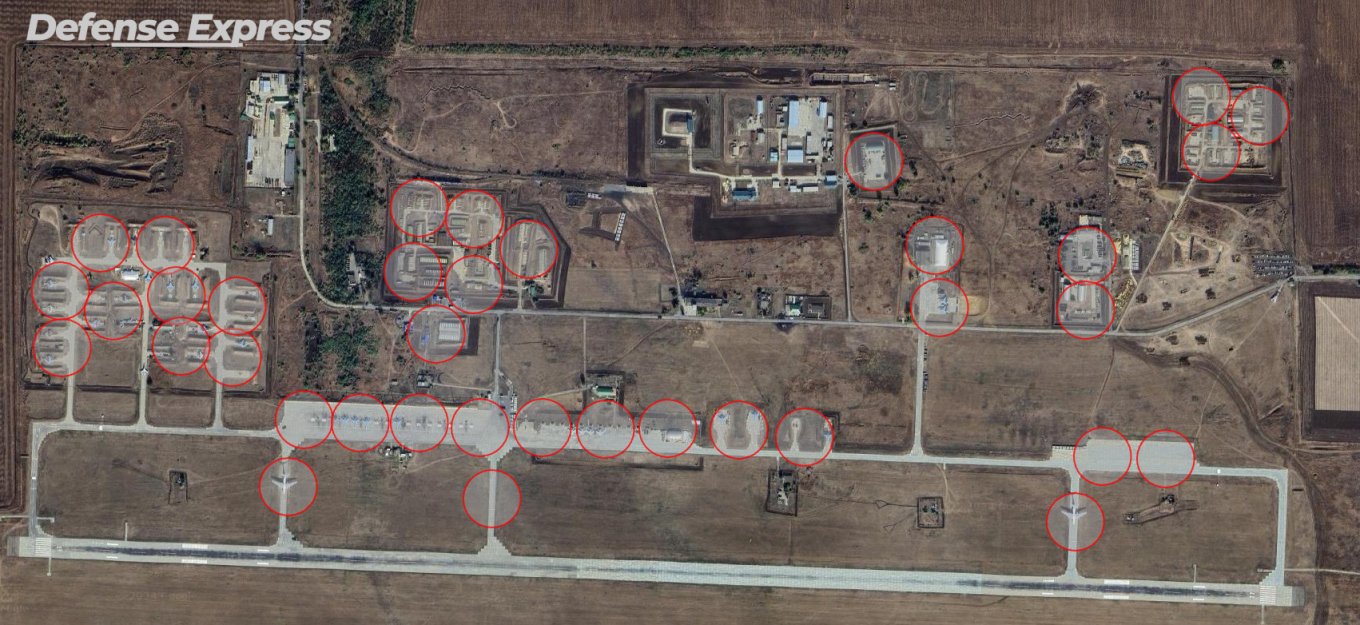
That said, in each of our examples, Ukraine could save quite a few missiles with relevant intelligence on russian aircraft positions, gathered in real-time mode. Then an effective annihilation would take 5 to 8 M39 missiles for Millerovo, 10 M39A1s for Buturlinovka, and around 20 for Morozovsk.
Nonetheless, it takes a wealth of ATACMS to take down russian airfields because these three are but a sample among many more locations even within the 300-km range. Moreover, such strikes should be carried out repeatedly, methodically, not become a one-time campaign.
On the other hand, the destruction of a significant number of russian warplanes on the ground, despite taking hundreds of missiles to achieve, is actually very beneficial for the U.S. and the West in general, for it will bring them a little more calamity as they count down the time left before they will have to face a direct war against russia. Many analysts believe it could break out in the near future, and NATO isn't ready yet.
Read more: Reachable Yet Unharmed: russia's Keeping Helicopters Close to Frontline Knowing ATACMS Strike Won't Come



